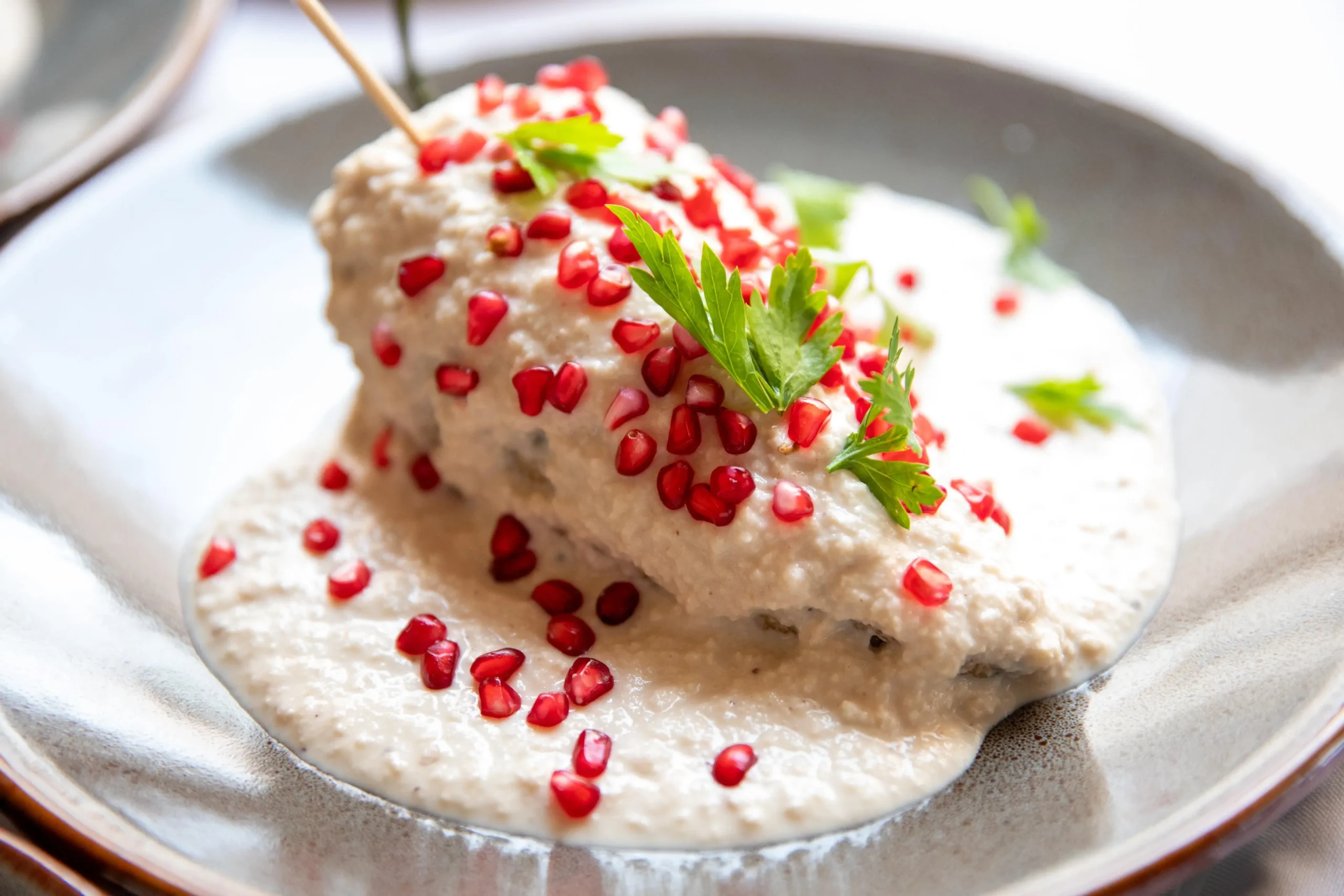
The official launch of the chile en nogada season took place on July 15 in the state of Puebla, marking one of Mexico’s most iconic culinary celebrations. According to Mexico’s Minister of Tourism, Josefina Rodríguez Zamora, the event is expected to attract more than 1.5 million national and international visitors.
During the opening ceremony of the chile en nogada season, the head of the Ministry of Tourism (Sectur) stated that the celebration is projected to generate over $85.3 million USD (1.6 billion pesos) in economic revenue, with an estimated 4.5 million dishes to be sold.
“Chile en nogada is a culinary symbol that not only reflects a historical episode in our country, but also the Independence of Mexico, the colors of our flag, and above all, the creativity of the women who first prepared it to honor Mexican cuisine,” Rodríguez Zamora emphasized.
According to legend, the dish originated in 1821 when the Augustinian nuns of the Santa Mónica convent in Puebla created it to celebrate Mexico’s Independence and honor Emperor Agustín de Iturbide. Using seasonal ingredients such as pomegranate, poblano pepper, and fresh Castile walnut, they crafted a dish that mirrored the colors of the Trigarante Army.
Chile en nogada consists of a poblano pepper stuffed with a mixture of ground pork and beef, combined with fruits like apple, pear, peach, and plantain. It is then topped with a cream-based walnut sauce made from fresh Castile walnuts and garnished with pomegranate seeds and parsley. Due to the limited harvest period of its key ingredients—July through September—the dish is strictly seasonal.
During the event, the Minister also emphasized that culinary tourism is a driver of well-being: “According to INEGI data, 2.4% of tourists travel primarily for culinary reasons, and nearly 30% of tourism spending goes to food consumption.”
In this context, Puebla will contribute to the creation of the National Guide of Community Tourism Experiences, where chile en nogada and the cultivation of its ingredients—led by local farmers—will play a key role in promoting a more inclusive and prosperity-driven tourism model.
Puebla governor Alejandro Armenta Mier expressed his gratitude to the federal government for supporting the promotion of this emblematic Mexican dish.
“Chile en nogada is a dish that combines flavors and elements native to Puebla, crafted by the hands of true artists. Preparing a dish like this is an art form,” he said.
The value chain that sustains this culinary tradition involves farmers who grow essential ingredients like Castile walnuts, pomegranates, and poblano peppers; as well as traditional cooks, restaurants, tour operators, hotels, and service providers—all contributing to preserving this gastronomic legacy that year after year blends history, flavor, and tourism.
Mexican Press Agency is part of ALMA, which is dedicated to news and information about Mexico and Mexicans in the United States and is a fiscally sponsored project of Social Focus, a 501(c)(3) nonprofit organization based in Redwood City, California.